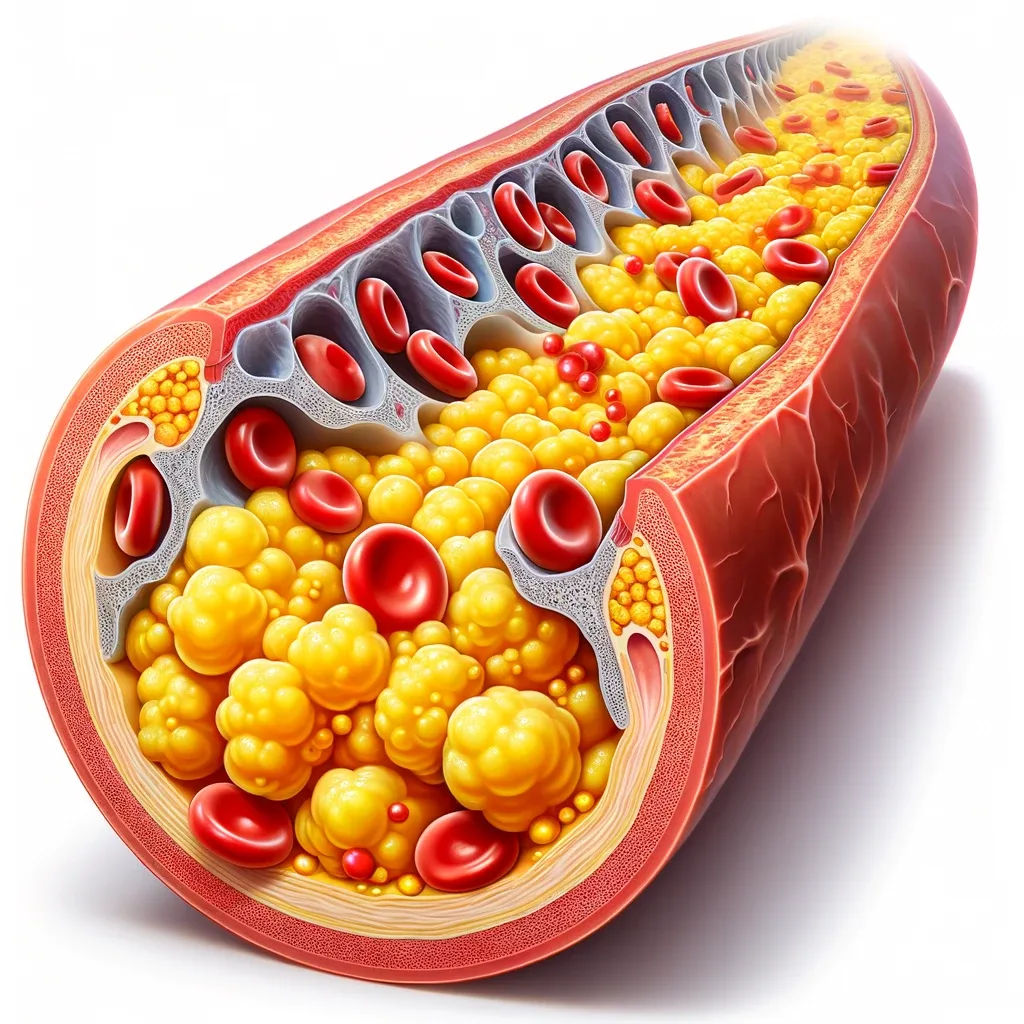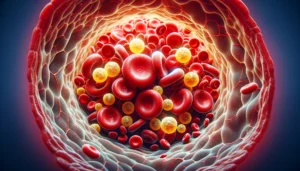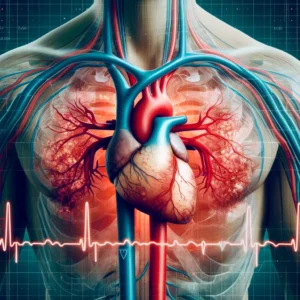Lower Triglycerides With Simple Dietary Changes
When considering how to lower triglycerides, a low carbohydrate diet emerges as a compelling strategy backed by scientific research. This blog post delves into the mechanisms of high triglycerides, their health implications, and how dietary choices, particularly a low carbohydrate regimen, can significantly impact these levels.
Understanding Triglycerides and Their Impact on Health
The Role of Low Carbohydrate Diets in Lowering Triglycerides
Understanding the Dietary Approach
Switching to a low carbohydrate diet involves reducing the intake of sugars and starches, replacing them with protein and healthy fats. This dietary shift can help control insulin levels, promote fat burning, and reduce fat storage, all of which are beneficial in managing triglyceride levels.
Evidence from Recent Studies
Study Insights from JMIR Cardio
The study titled “User Engagement, Acceptability, and Clinical Markers in a Digital Health Program for Nonalcoholic Fatty Liver Disease” revealed that participants on a low-carbohydrate diet not only lost weight but also showed significant reductions in waist circumference and triglyceride levels. This evidence underscores the effectiveness of low-carbohydrate diets in improving metabolic health markers.
Findings from Frontiers in Microbiology
Another study, “Different fat-to-fiber ratios by changing wheat inclusion level impact energy metabolism and microbial structure of broilers,” showed that animals fed a high-fat, low-carbohydrate diet had markedly lower serum triglyceride levels. This suggests that a similar dietary strategy could be effective for humans, particularly in adjusting gut microbial structures in ways that favor metabolic health.
Research from DiVA Portal
The study “Effects of a low-carbohydrate high polyunsaturated fat diet or a healthy Nordic diet versus usual care on liver fat content and cardiometabolic risk factors in people with type 2 diabetes and prediabetes” compared the effects of a low-carbohydrate diet with a Nordic diet. Findings demonstrated that both diets were effective in reducing liver fat content and lowering triglycerides, highlighting the versatility and effectiveness of low-carbohydrate approaches in managing cardiometabolic risks.
Participants on a low-carbohydrate diet not only lost weight but also showed significant reductions in waist circumference and triglyceride levels.
Practical Tips for Starting a Low Carbohydrate Diet
Adopting a low carbohydrate diet to manage and lower triglycerides involves more than just cutting back on certain foods. It requires a comprehensive understanding of nutritional content and a strategic approach to meal planning. Here are some detailed tips and strategies to help you successfully implement and sustain a low carbohydrate lifestyle.
Understanding Food Choices
- Read Nutrition Labels: Start by reading labels to understand the carbohydrate content of foods. Aim to choose items with low net carbs (total carbs minus fiber) to help maintain your daily carb limit.
- Focus on Whole Foods: Base your diet around whole, unprocessed foods such as meats, fish, eggs, dairy, nuts, seeds, and above-ground vegetables like leafy greens and cruciferous vegetables.
- Avoid Sugary Foods and Drinks: Eliminate sugary sodas, juices, sports drinks, and sweets. Opt for water, sparkling water, or unsweetened tea and coffee instead.
Meal Planning and Preparation
- Plan Your Meals in Advance: Planning your meals can help you avoid the temptation of high-carb options. Prepare a weekly meal plan that includes a variety of proteins, vegetables, and healthy fats.
- Cook at Home: Cooking at home gives you full control over the ingredients and helps you stick to your low carb goals. Experiment with low-carb recipes that use herbs and spices for flavor instead of sugary sauces or marinades.
- Prepare Snacks: Have low-carb snacks on hand, such as nuts, cheese, olives, or cut vegetables with hummus, to curb hunger and prevent impulsive eating of high-carb foods.

Adjusting Macronutrient Ratios
- Increase Healthy Fats: Incorporate healthy fats like avocados, olive oil, coconut oil, and fatty fish into your diet. These fats will help you feel full and satisfied, reducing the overall carbohydrate intake.
- Choose High-Quality Proteins: Focus on high-quality protein sources like grass-fed beef, free-range poultry, wild-caught fish, and eggs. These foods are not only low in carbohydrates but also provide essential nutrients.
- Moderate Protein Intake: While it’s important to include protein in your diet, excessive protein can sometimes be converted into glucose through a process called gluconeogenesis, which might affect your triglyceride levels. Aim for a moderate intake based on your body weight and activity level.
Monitoring and Adjusting Your Diet
- Track Your Intake: Use a food diary app or a journal to monitor your carbohydrate intake to ensure you are staying within your target range.
- Listen to Your Body: Pay attention to how your body reacts to different foods and adjust your diet accordingly. Some people may need to lower their carbohydrate intake further to see significant changes in their triglyceride levels.
- Regular Health Check-ups: Keep in regular contact with a healthcare provider to monitor your health markers and adjust your diet plan based on professional advice.

Staying Motivated and Informed
- Join Support Groups: Connect with others who are also following a low carbohydrate diet. Support groups, whether online or in person, can provide encouragement, tips, and recipes that can help on your journey.
- Educate Yourself: Continuously educate yourself about nutritional science and updates in low carbohydrate diets to keep your meal plans effective and interesting.
Final Thoughts
Understanding how to lower triglycerides through dietary changes, especially by adopting a low carbohydrate diet, offers a viable and effective strategy for managing and improving your health. Backed by recent research, this approach not only helps in controlling triglycerides but also contributes broadly to metabolic and cardiovascular health.
This comprehensive review has highlighted the critical role of diet in managing triglycerides, providing you with the knowledge and tools necessary to embark on a healthier lifestyle journey. For those seeking to enhance their health consciousness, integrating these dietary practices promises substantial benefits.
References:
- Different fat-to-fiber ratios by changing wheat inclusion level impact energy metabolism and microbial structure of broilers. Frontiers
- User Engagement, Acceptability, and Clinical Markers in a Digital Health Program for Nonalcoholic Fatty Liver Disease. JMIR Cardio
- Effects of a low-carbohydrate high polyunsaturated fat diet… Digitala Vetenskapliga Arkivet
- Effect of a ketogenic diet versus Mediterranean diet on glycated hemoglobin in individuals with prediabetes and type 2 diabetes mellitus… PubMed
- Adipose Tissue: Physiology to Metabolic Dysfunction. NIH



